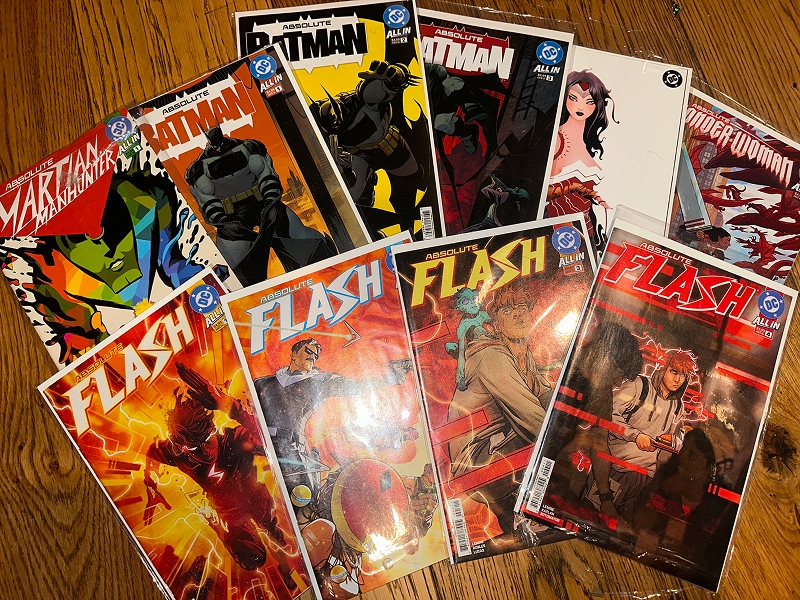The history of book banning in the United States runs almost as far back as its origin. Although lack of records makes it hard to pinpoint the first banned books in U.S. history, Uncle Tom’s Cabin is widely regarded as one of the first American books to be widely banned. Written by white abolitionist author Harriet Beecher Stowe, the novel followed the lives of a group of fictional enslaved people in the South. It became extremely popular in the North among abolitionists but faced harsh criticism in the South. Before long, widespread bans took effect across the region.
Book bans are not new. They are a recurring form of cultural control that often reflect a society’s deepest fears. Uncle Tom’s Cabin threatened both the economic and moral justification of slavery, and banning it became a way to maintain control over the narrative.
Examining historical examples of book bans is important because censorship has often served as a warning sign of larger shifts away from democracy. In Germany during the 1930s, books considered “non-German” were banned and burned during the “Campaign against the Un-German Spirit.” Jewish, queer, socialist, and Marxist works were targeted. The campaign operated under the guise of protection, claiming to “cleanse” Germany of dangerous ideas. The control of information became a way to control people, helping pave the way for the rise of the Nazi regime.
History shows us that book bans are rarely about protection. They are about power, deciding who gets to speak, and protecting existing power structures.
In modern times, book banning has re-emerged across the United States at an increasing rate, often in schools and public libraries. Thousands of titles have been challenged or removed, many for addressing race, gender identity, or sexuality. These stories are often targeted by claiming that they are a threat to “American values.”
Underdog Bookstore, a bookstore in Monrovia, CA, is a non-profit that features LGBTQIA+, BIPOC, Disabled and Neurodiverse authors. “Books by authors of color; stories that feature LGBTQIA+ characters; books by women, written about women…. all of these are banned at higher rates.” Said Underdog Bookstore President Kealie Mardell-Carrera and Underdog Bookstore Board Member, Banned Books Club Host Nicole Arca.
The argument of protection has been used to justify erasing what threatens the existing power structures and social norms. In the 1800s, it was stories about slavery. In the 1930s, it was Jewish writers. Today, it’s books that explore race, gender and sexual identity.
Many of the arguments in support of book bans in schools and libraries follow the idea that children do not need to be exposed to the idea of gender, sexuality and race.
One of the most vocal groups behind the modern wave of book bans is Moms for Liberty, a conservative organization that describes itself as advocating for parental rights in education. The group has gained significant influence at school board meetings and in local elections across the country, leading campaigns to remove books they deem “sexually explicit” or “politically biased.” While their stated goal is to protect children, their efforts have targeted books featuring LGBTQ+ characters, discussions of race, or social inequality.
“Limiting access to books, especially for younger readers, threatens our ability to understand parts of the world and people we may not encounter directly. There’s only so much we can see from our own lived experiences; books make the world a little larger for all of us and help us build empathy in the process. Those who claim that book bans protect children are often deliberately ignoring the difference between providing access to age-appropriate reading material, which is the norm in schools and libraries, and banning books because you personally disagree with the content.” Said Nicole Arca.
In recent years, these efforts have taken on a more organized and political form. According to the American Library Association, “Pressure groups and government entities that include elected officials, board members, and administrators initiated 72% of demands to censor books in school and public libraries.” During the Trump administration, rhetoric about “fake news” and “indoctrination” in schools has deepened the distrust in education and media institutions. This growing skepticism created an environment where removing books seems necessary to some.
Project 2025, a political initiative backed by several conservative organizations including those closely tied to the Trump administration such as the Heritage Foundation, proposes widespread changes to federal policy, including reshaping education and cultural institutions to reflect “American” ideological values. While it doesn’t call for outright book bans, it is focused on controlling what is taught and how information is shared and places a heavy emphasis on white American nationalist evangelical viewpoints.
It is important to note that President Trump denied any connection to Project 2025 during his 2024 presidential campaign, even stating during a televised debate with Kamala Harris, “I have nothing to do with Project 2025. I haven’t read it. I don’t want to read it, purposely. I’m not going to read it.” However, in the past weeks he has held a private meeting with Russell Vought, one of the main authors of project 2025 and included him in an AI generated video posted on his “Truth Social” account.
It is important that we are able to recognize why certain books are being targeted and understand who it benefits. It’s also important to ask ourselves who it harms. The removal of inclusive books from accessible places like public libraries can cause harm to children who may have otherwise been represented in those spaces. It can create a stigma around topics that reflect many American’s everyday lives leading to more division and a gap in connectedness and empathy.
“When certain books or authors are stigmatized or silenced, it sends a message about which stories are considered acceptable and which are not. When censorship happens, it is definitely a warning sign of larger social and political issues. It is a clearcut attempt to eradicate original and individual thought by controlling the means by which people get their information. It’s no secret that knowledge is power, so banning or stigmatizing certain books is also a way to curtail the power of certain groups of people.” Said Kealie Mardell-Carrera.
The next time you hear about a book ban, ask yourself why was this book targeted? Who does the ban benefit and who does it harm? These attacks against literature are intertwined with the belief that controlling information can protect a nation’s identity. History shows that this control does the opposite. It weakens societies by cutting off conversation, empathy, and the exchange of ideas.

 History Of Mexican American Music - Part 2
History Of Mexican American Music - Part 2